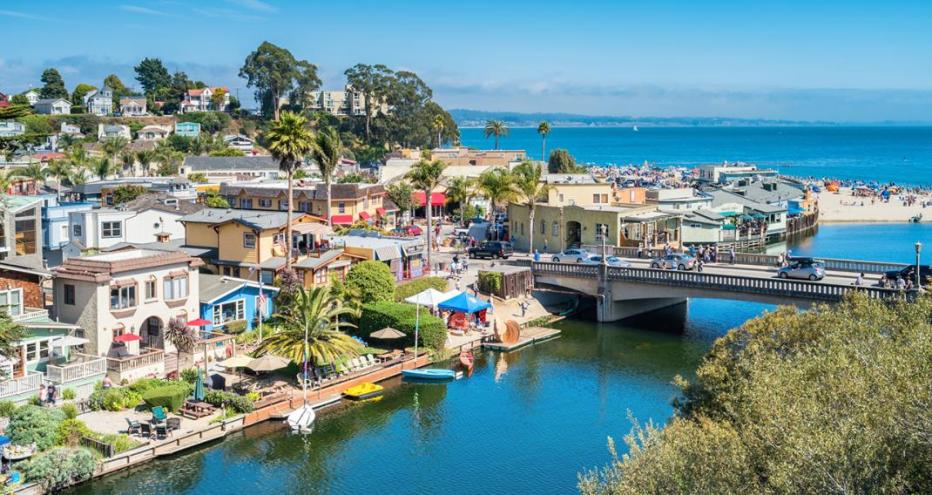
The City of Santa Cruz (City) had a challenge. They needed to find a better way to tackle stuck, aging and under-reporting meters; failing drive-by, or automated meter reading (AMR), radios; obtaining 100% of each month’s billing reads; the inability to provide customers with detailed usage and leak detection information; and the inefficient use of staff time in obtaining reads and maintaining an aging system.
Their solution? Testing the feasibility of a system-wide deployment of Advanced Metering Infrastructure (AMI) to consolidate meter reading onto a single platform to solve their current challenges – and they partnered with us to do explore the possibilities.
-
40 %
of the customer bases’ current meter batteries were expected to imminently fail
-
$ 10 M
in identified, quantified cost savings with AMI over current system
Making coastal California living even sweeter
The City contracted with Jacobs to perform a Feasibility Study to gain an understanding of current technology options and to explore the benefits of a full AMI implementation for the City and its customers.
We identified the most appropriate technologies, determined anticipated costs, and calculated the added benefits of a proactive, AMI-enabled meter replacement program compared with the meter-failure driven, reactive replacement approach. Our team also provided detailed data to enhance day-to-day operations, reduce costs, enhance customer benefits and better serve the community of Santa Cruz.
Based on the age of current meters, it is expected that a significant number of radio batteries (representing approximately 40% of the customer base) will fail in the next few years. These failing meters will need to be addressed, regardless of AMI program decisions. We developed a strong financial justification for using a system-wide programmatic approach to deploy AMI. The cost of performing reactive meter replacement, as it is currently, will cost Santa Cruz $9.2 million over the next 20 years, whereas the approach we developed would only cost $8.5 million, saving the City $700,000 and providing a wealth of additional benefits including avoided labor costs, improved meter registration and other operational savings. The total quantified benefits exceed the cost of AMI by more than $10 million.
Due to the positive outcomes of this comprehensive analysis, it was recommended that the City pursue a system-wide programmatic approach to deploying AMI. It is acknowledged, however, that capturing this value is not immediate nor guaranteed without careful planning. Success is dependent upon identifying, designing the program around and measuring the progress toward key outcomes.












































